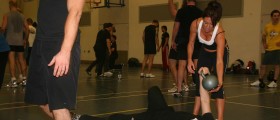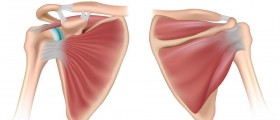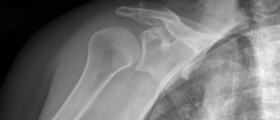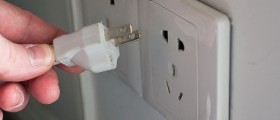
Shoulder and neck are highly complex, as they are made in such a way to allow for great degree of freedom of movement. As is known, the more complex the mechanism, the more things can go wrong with it. Pain and neck are no exception. They can be affected by a number of conditions, some of which are harmless and mostly present a nuisance, while other conditions that cause pain in this region can be life-threatening. Recovery from most minor injuries is usually full, while recovery from more serious conditions may be limited and will require certain adaptations in your lifestyle.
Common causes of pain
Typically, pain in neck and shoulder is caused by a mechanically injured soft tissue (muscle, ligament, tendon) in this region. Degenerative conditions such as arthritis and abnormalities related to spinal cord, heart, lungs and other organs can also cause pain.
Home treatment
You can treat minor injuries (source of slight pain) at home, while unknown source or cause of pain requires at least a medical check-up.
To ease pain, you can apply ice to the painful area for up to 20 minutes. Anything frozen and wrapped in a towel will do. Keep shoulder and neck above heart level to prevent swelling. Heat will prop pain and swelling, so avoid heating the area for some time. Rest the injured area, minimizing its use for two to three days. Over the counter painkillers may also help.Medical treatmentTherapy can be planned after a detailed medical exam and determination of the cause of pain. Depending on the severity of condition, the treatment plans can vary. Typical therapy will include pain medications and eventually an anti inflammatory drug. Immobilization of the area by means of slings, splints and casts is also common. It is important to follow instructions for proper use of such devices because improper use can cause further harm. Severe injuries could require admission to the hospital or a visit to the orthopaedist, specialized in bone and joints conditions.
Time to seek medical care is when there is visible deformity of the region, if pain or symptoms begin to worsen, or if you are experiencing weakness, numbness and alterations of colour in the region.
Prevention
This is always better than treatment. Check your surroundings for potential hazards and try to neutralize them. Exercise to increase strength and endurance of structures susceptible to injuries, be aware of your limits to avoid injury caused by too much strain.

















Your thoughts on this
Loading...